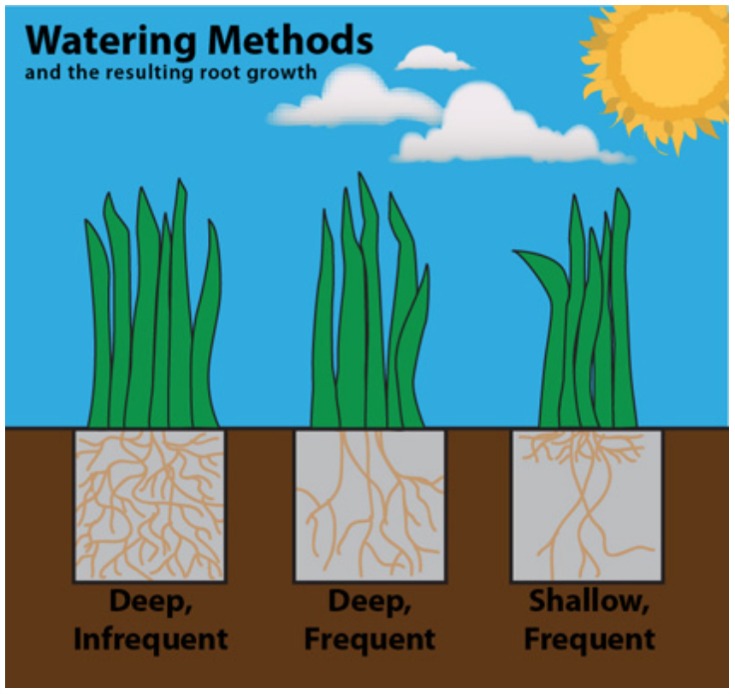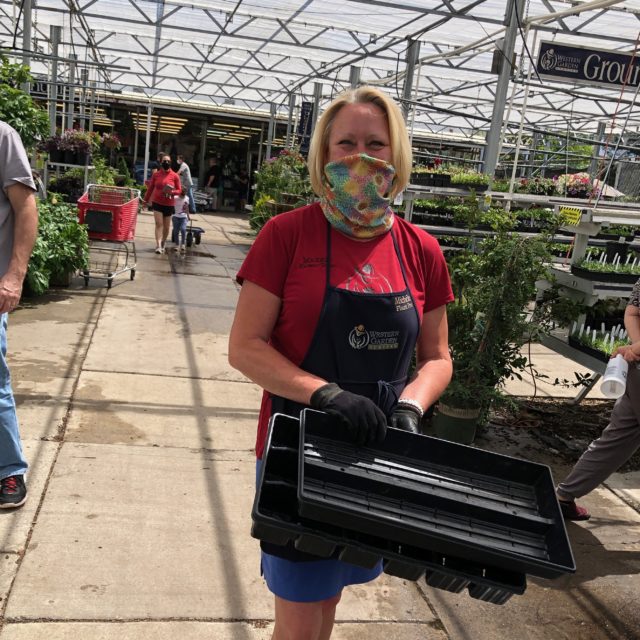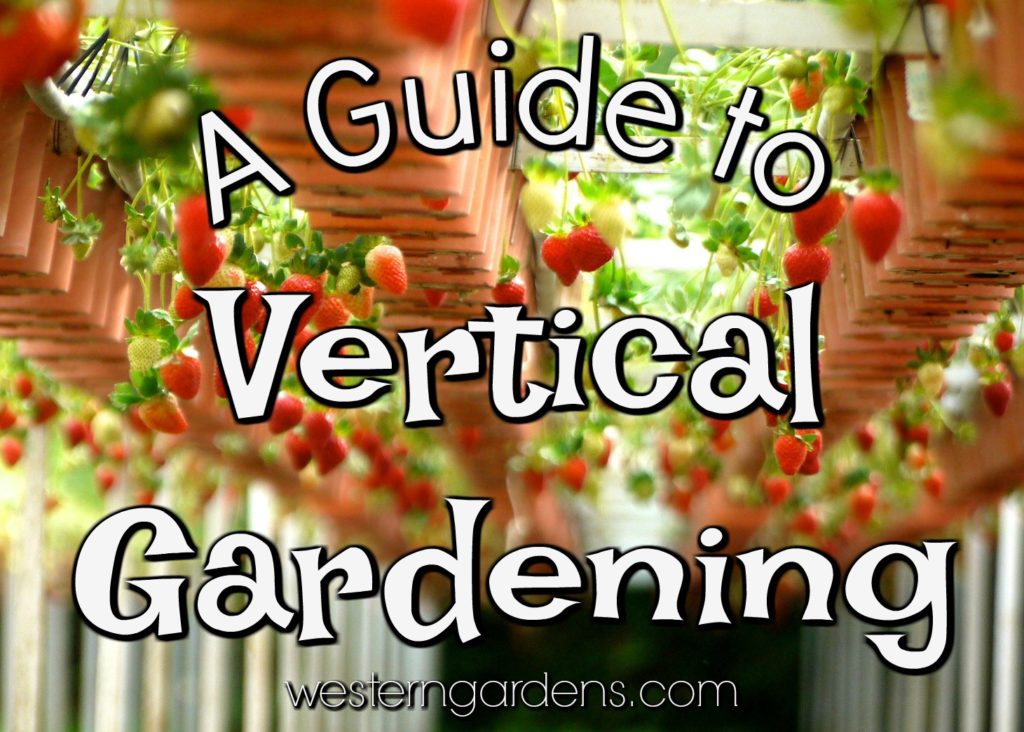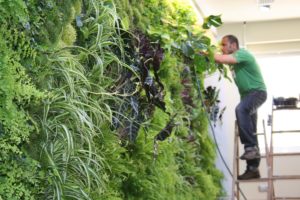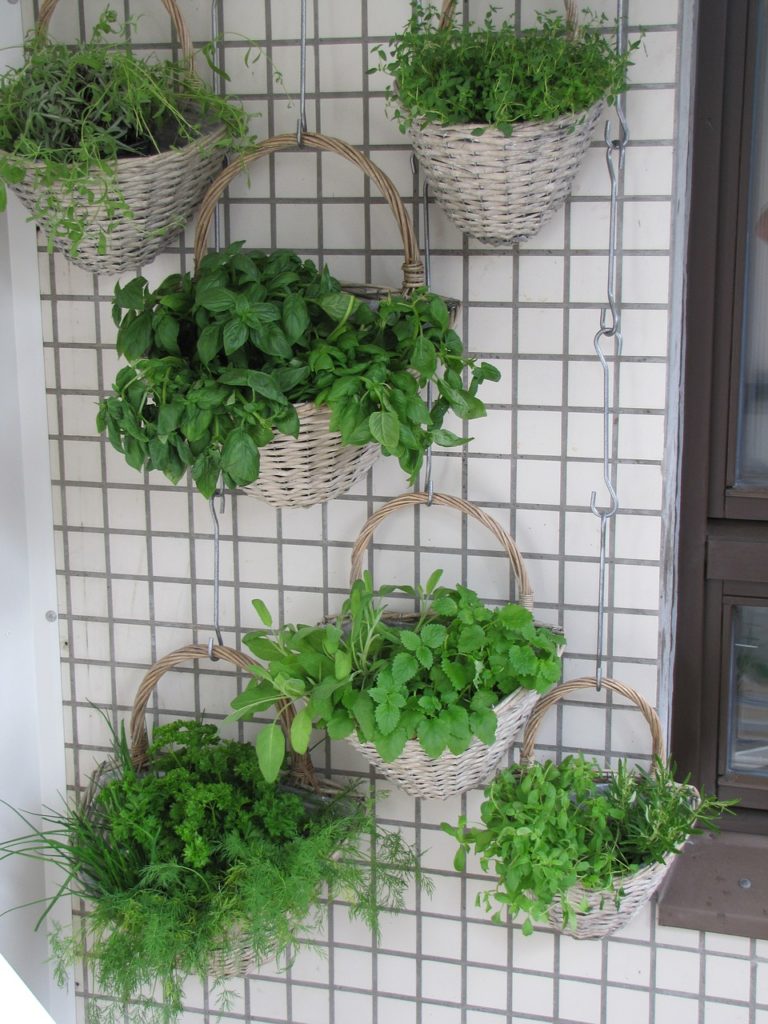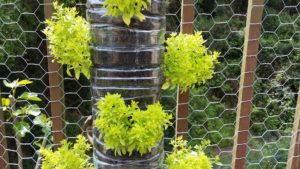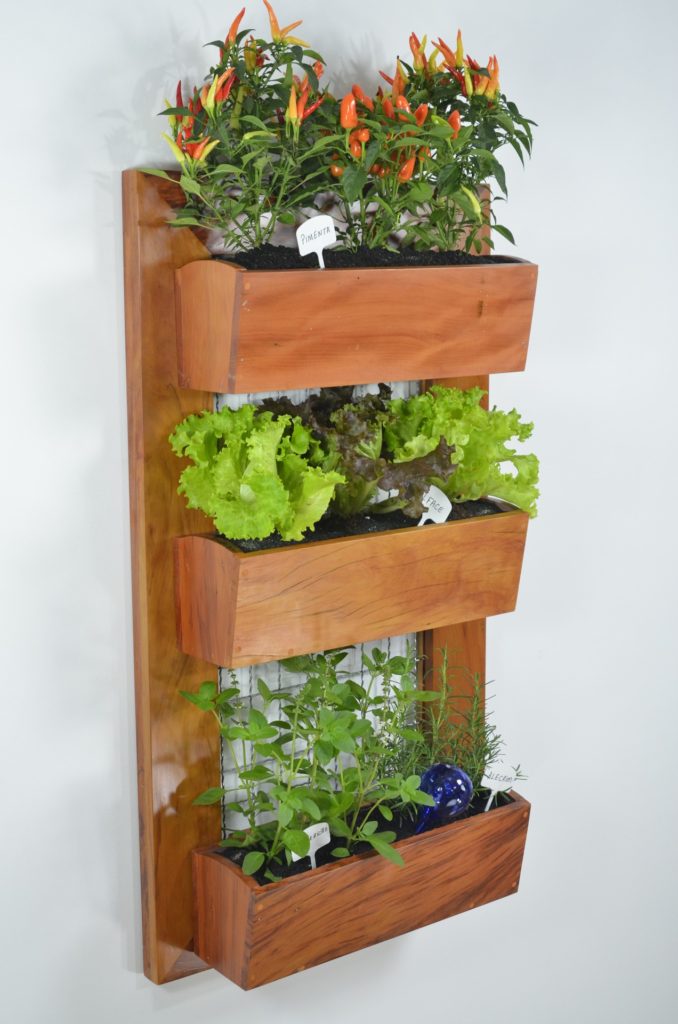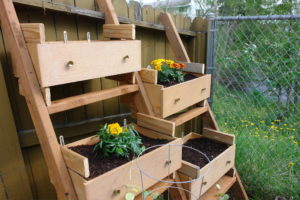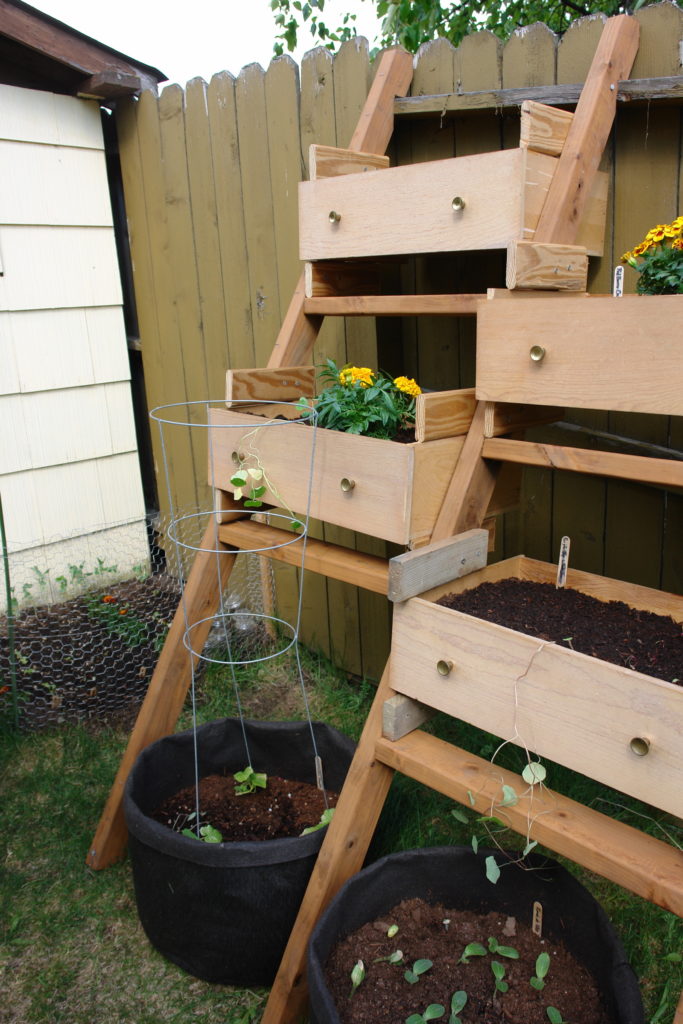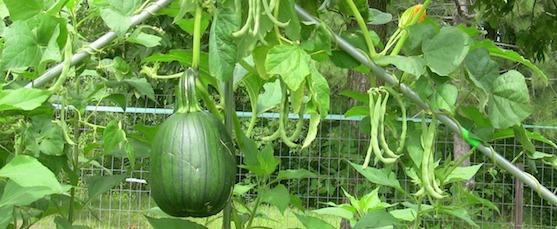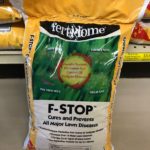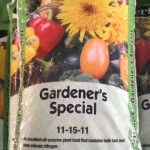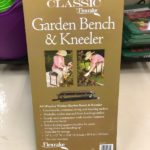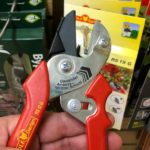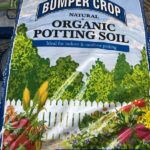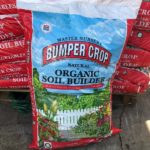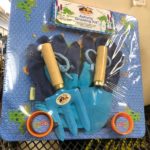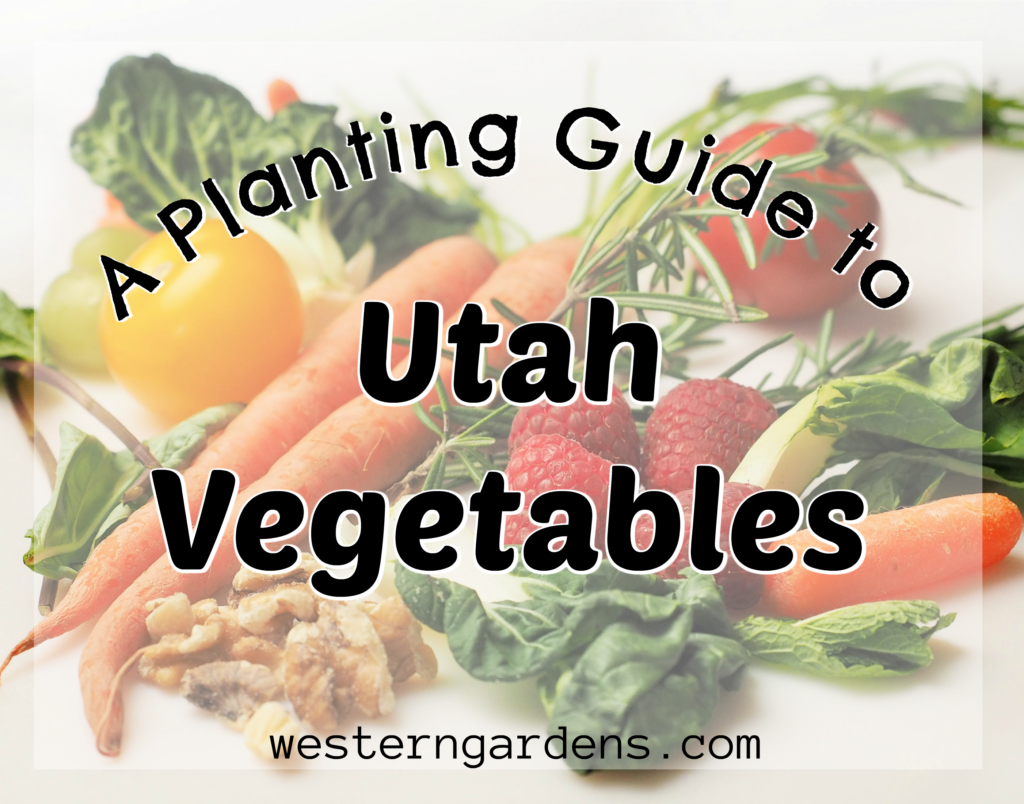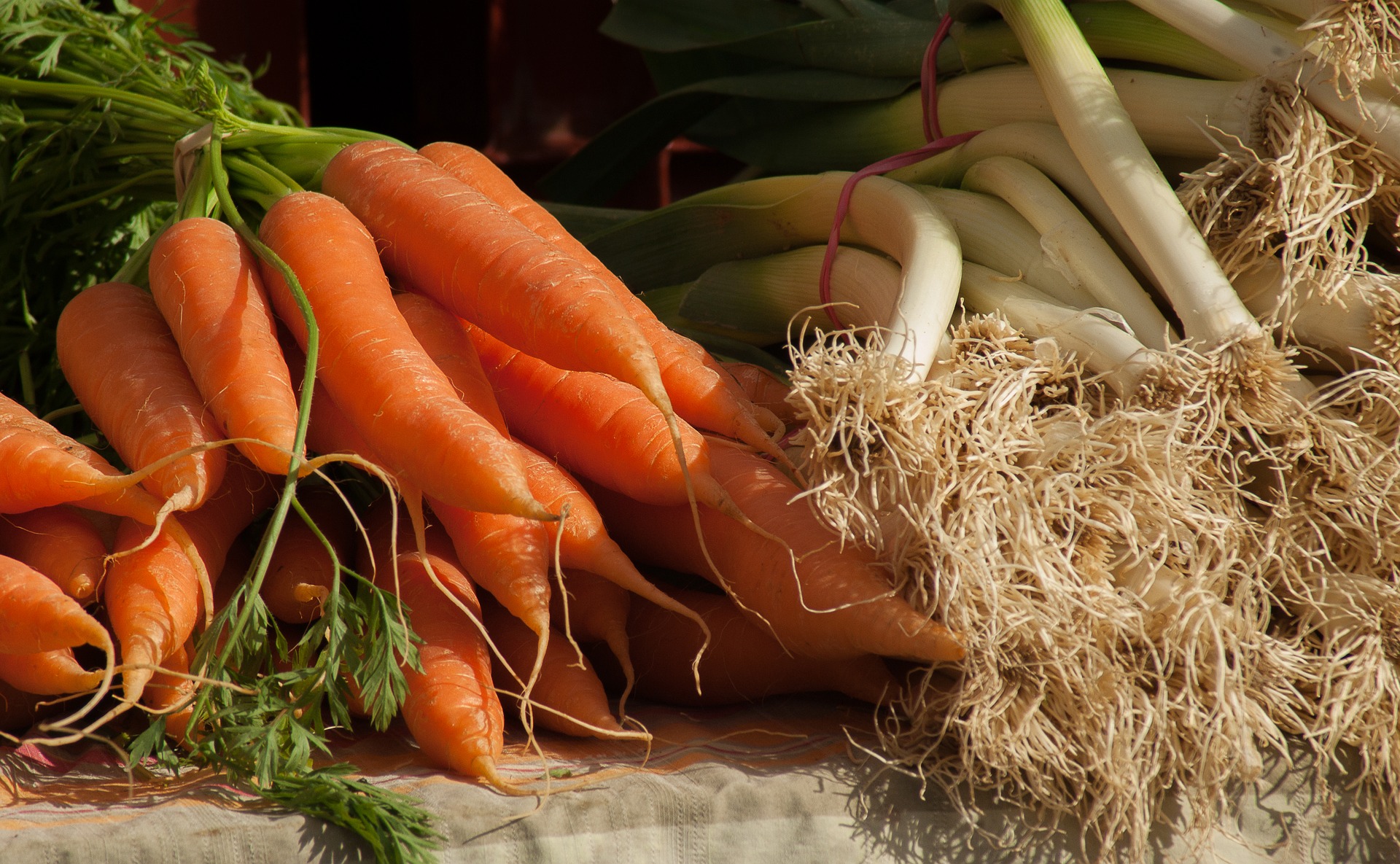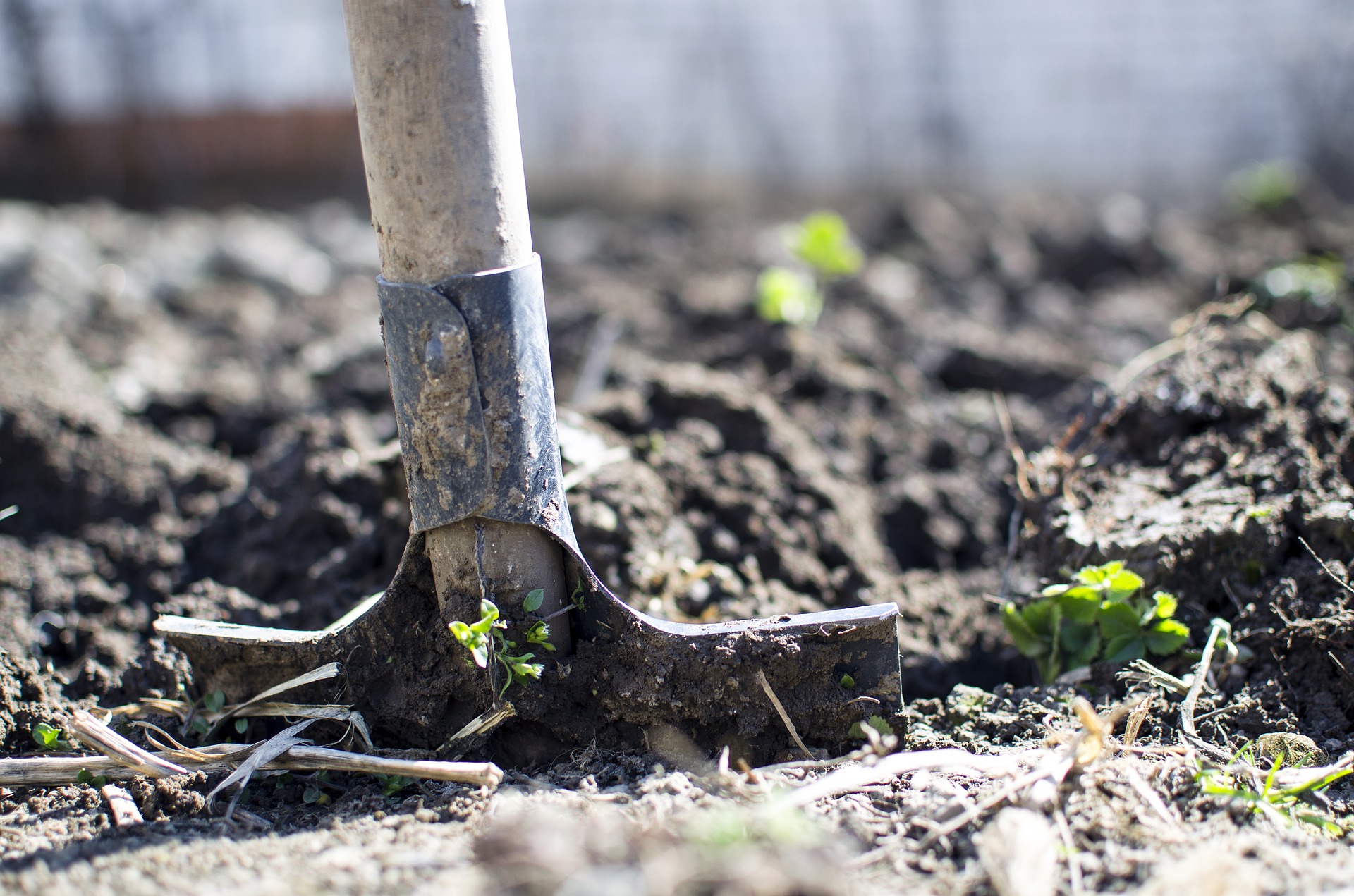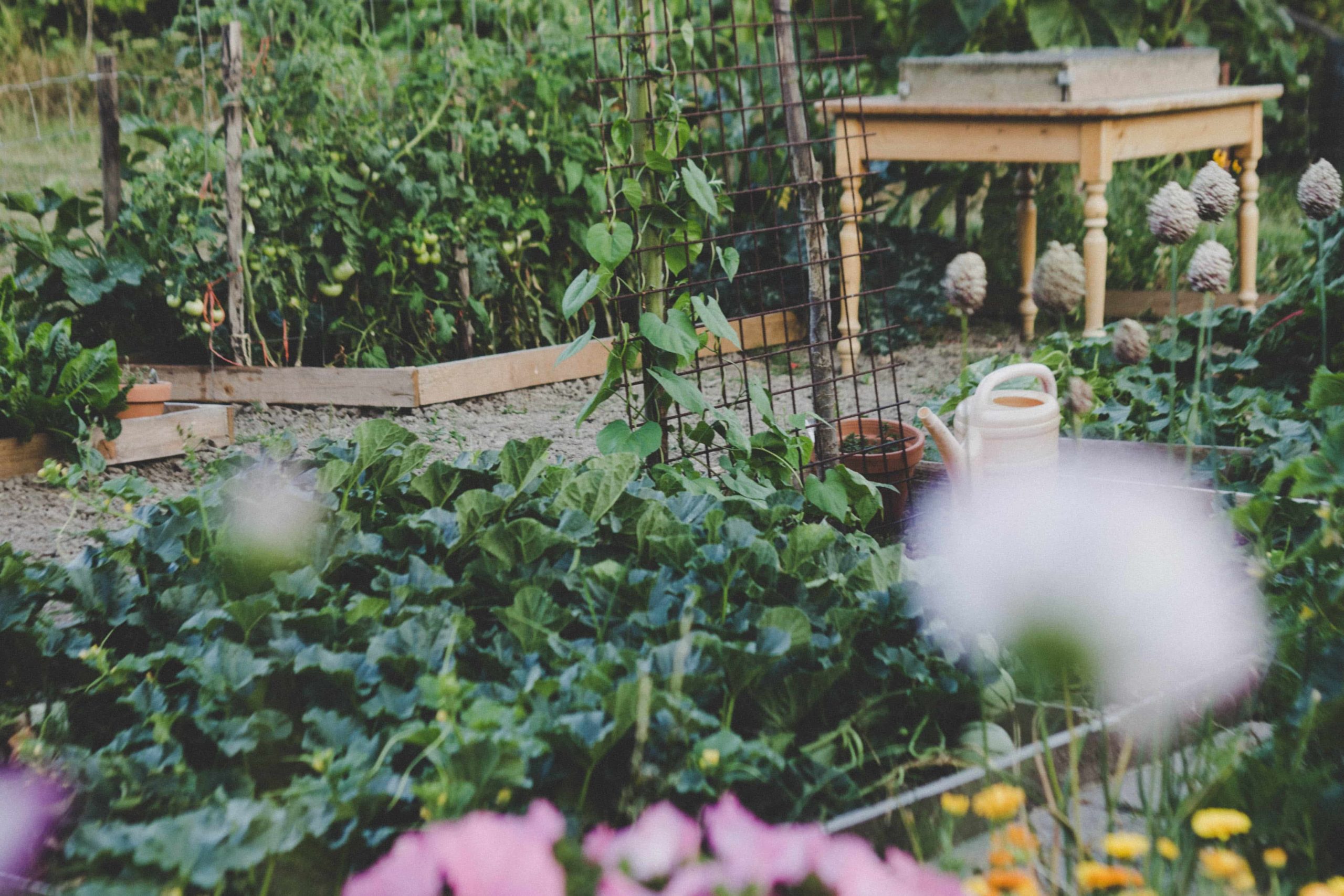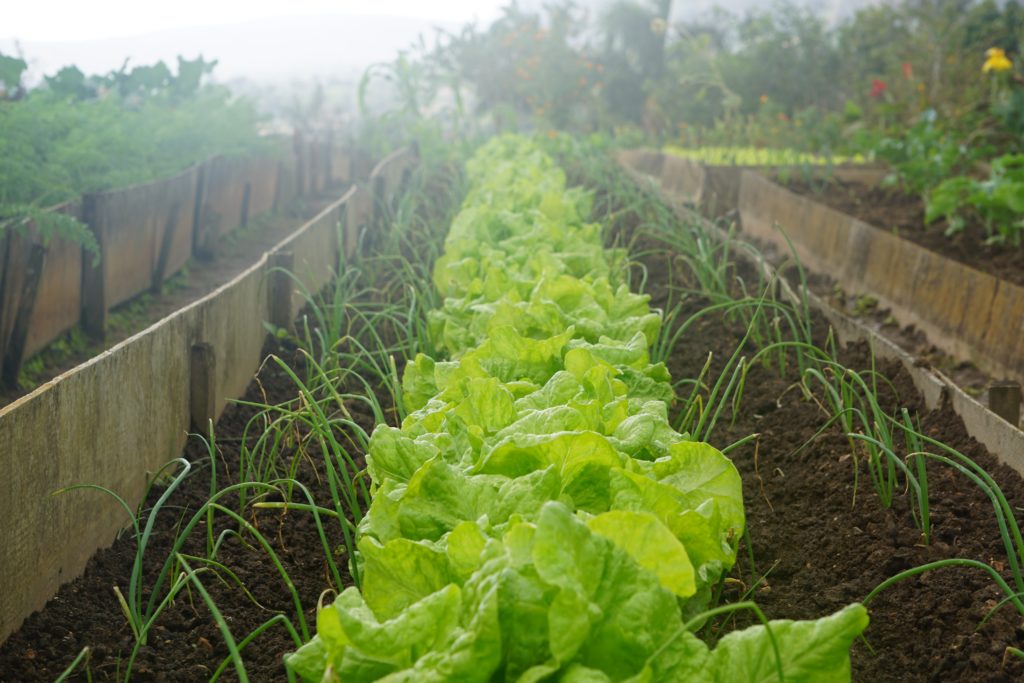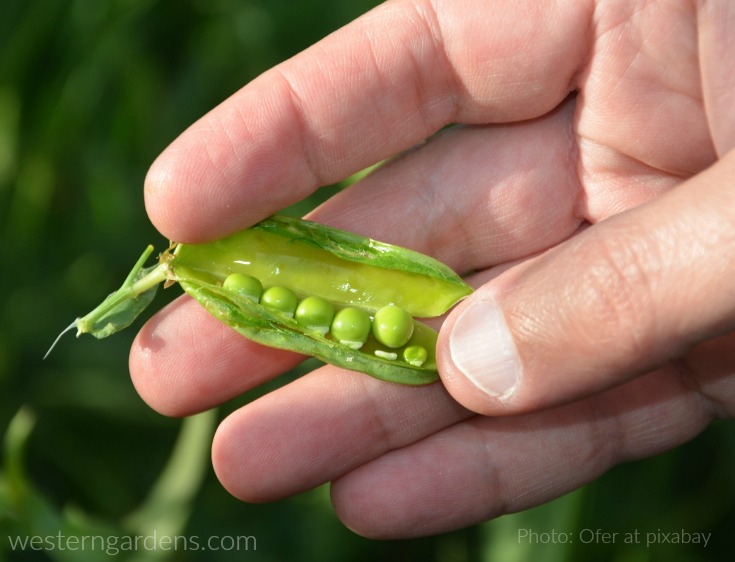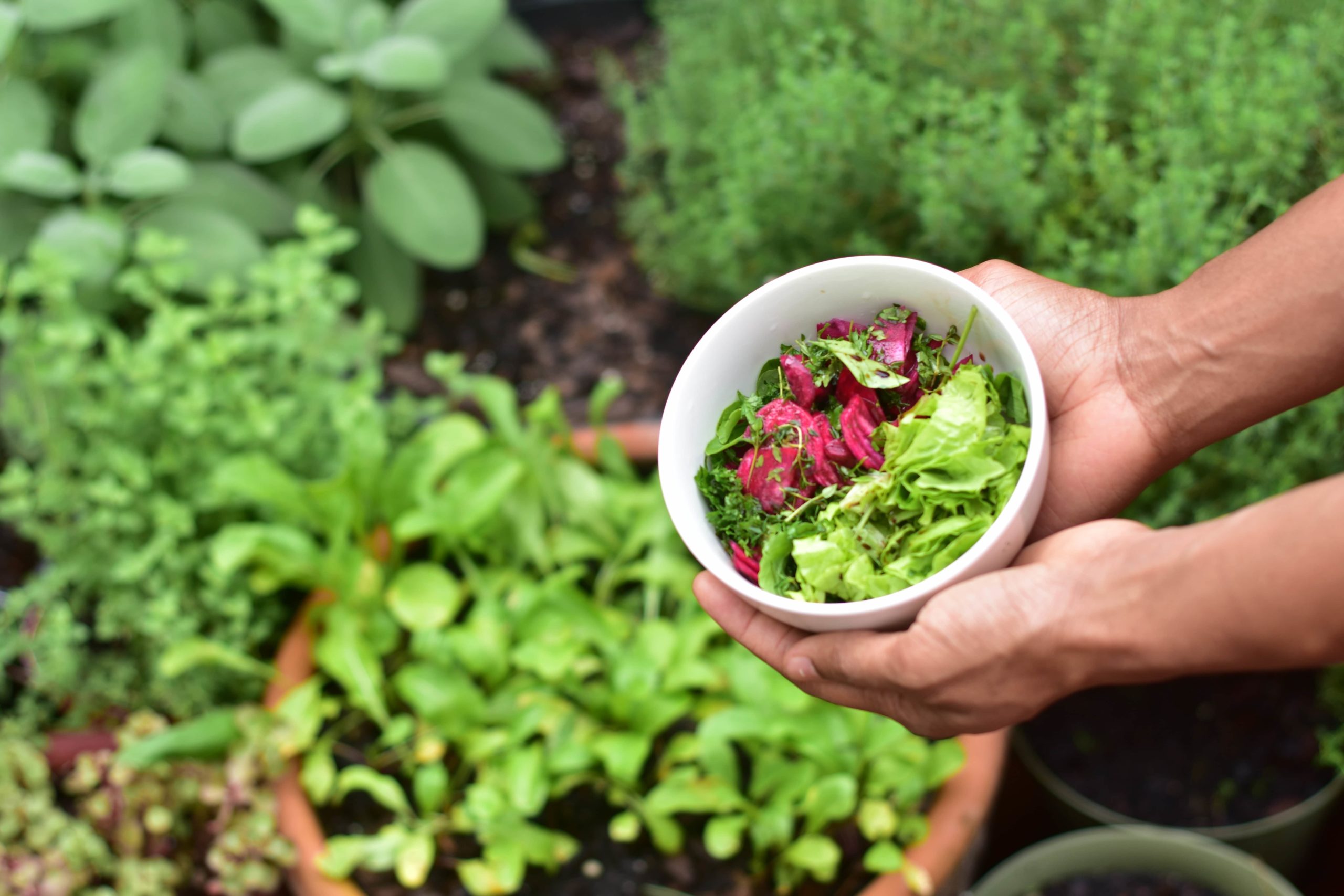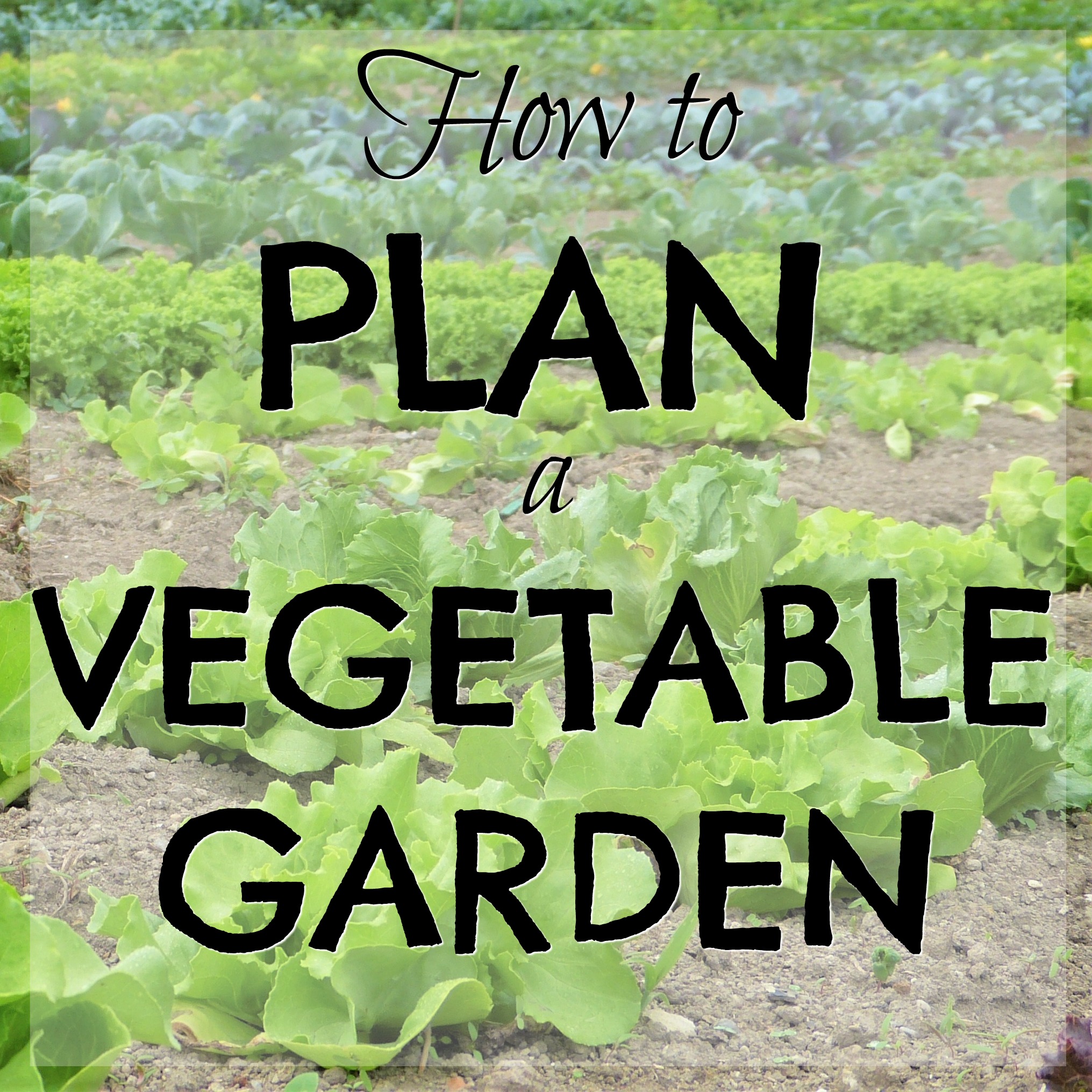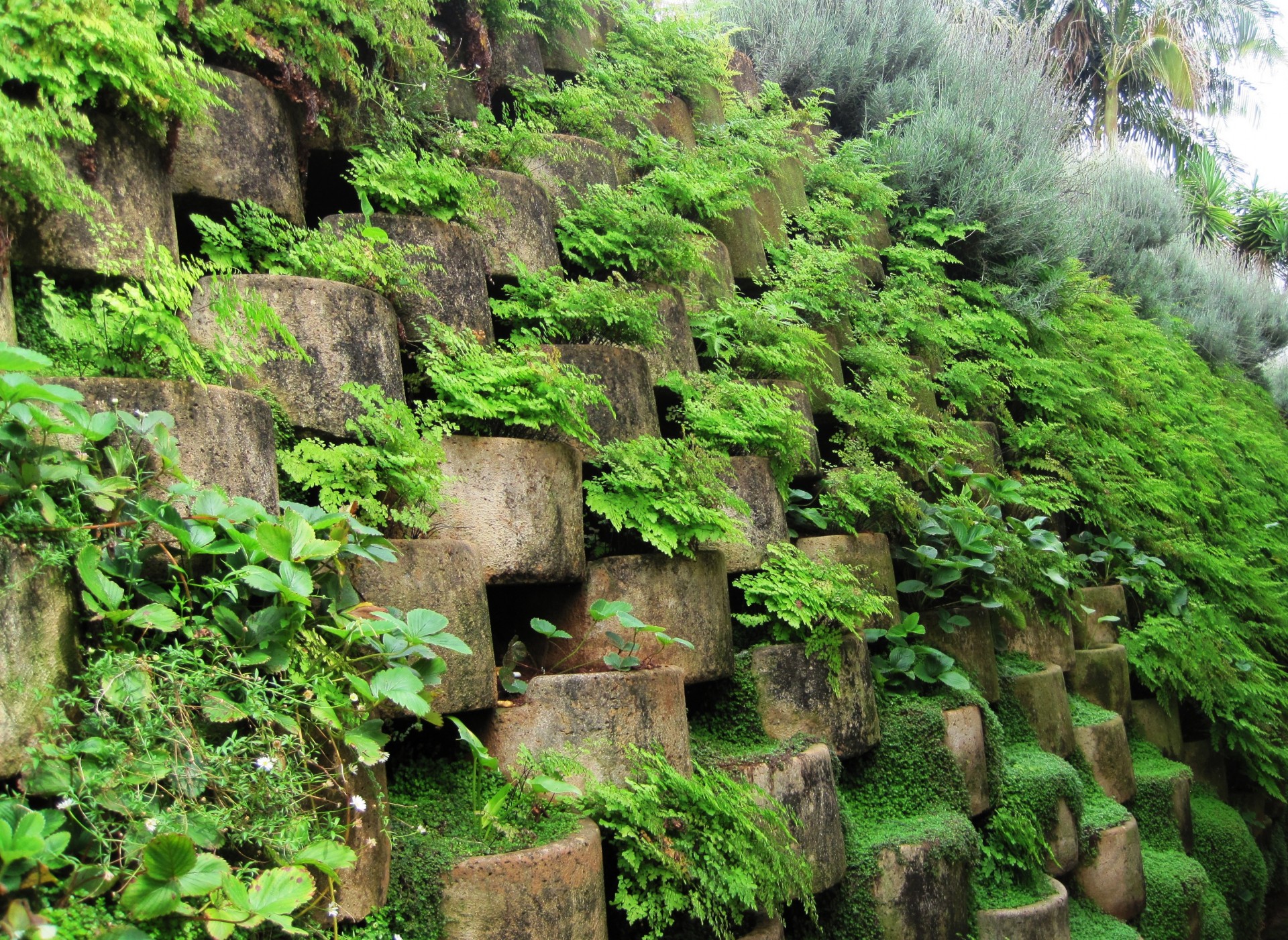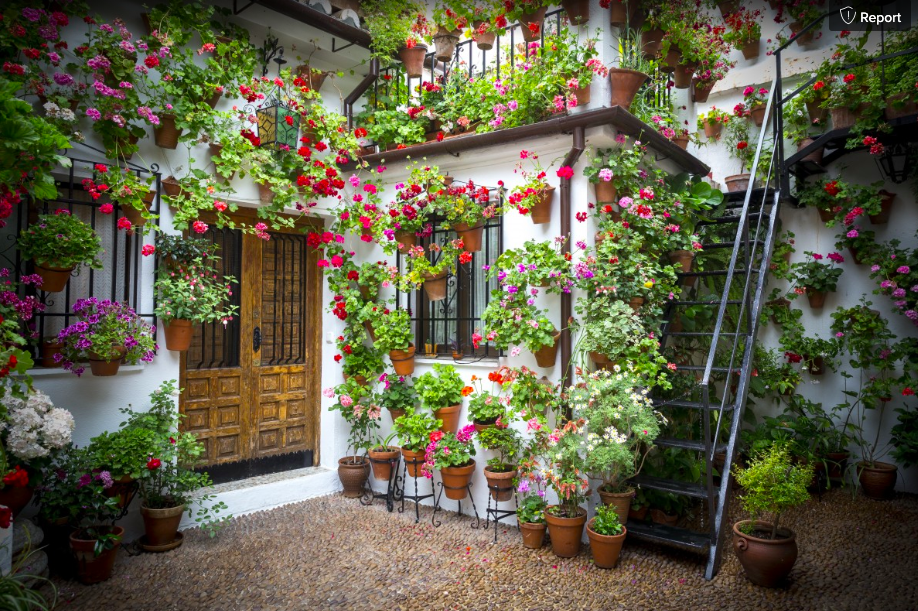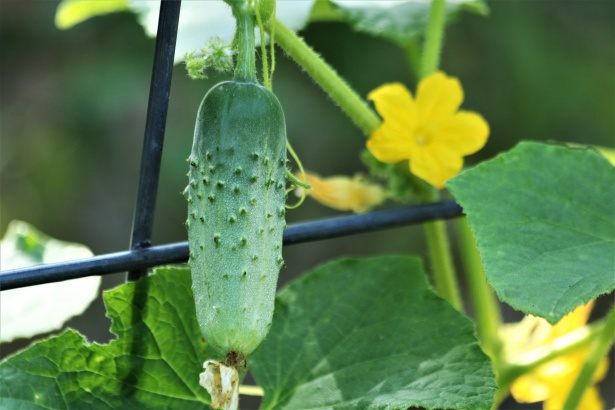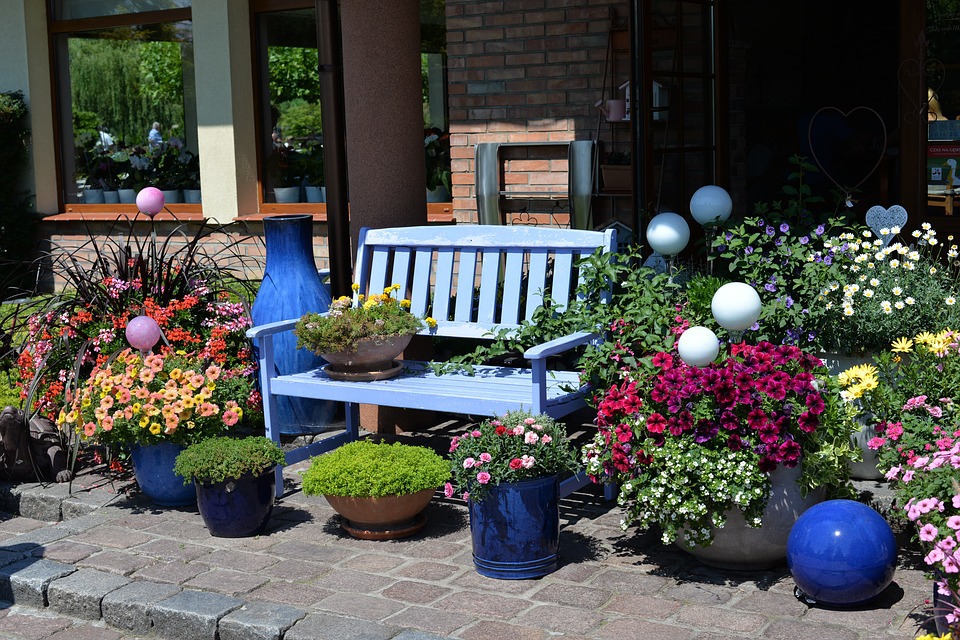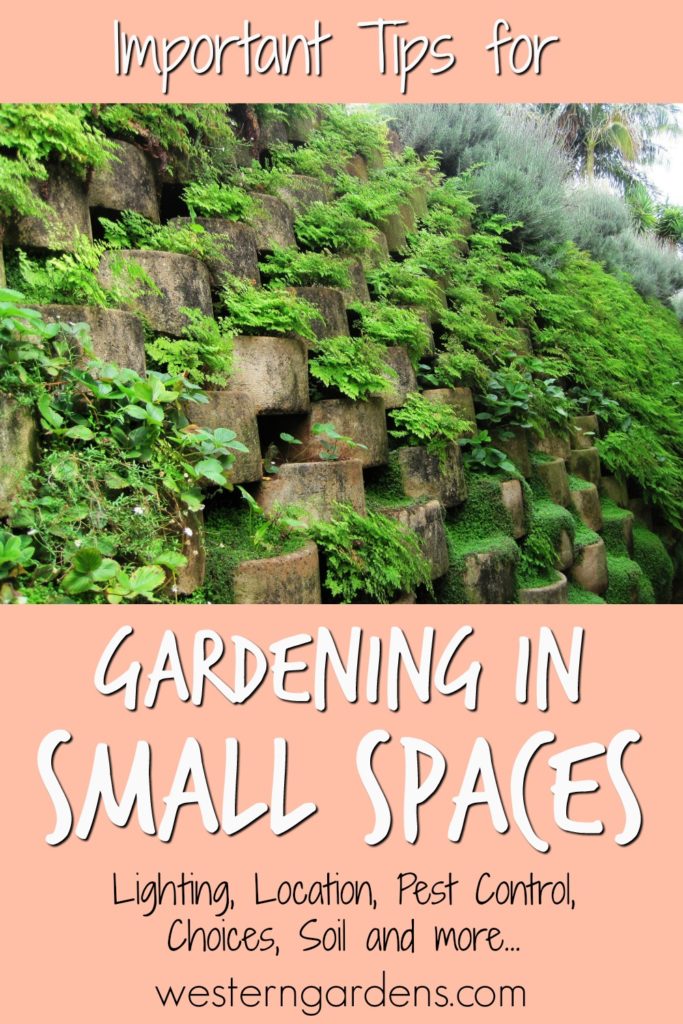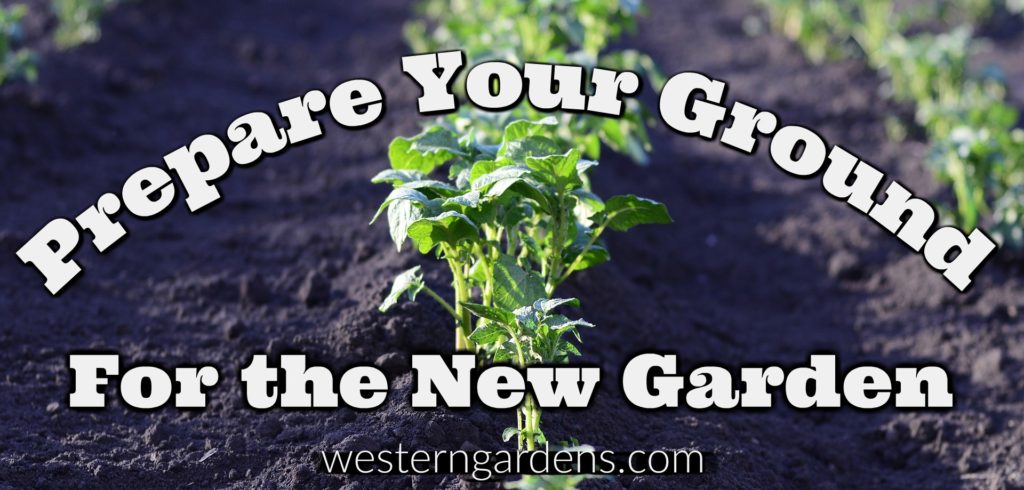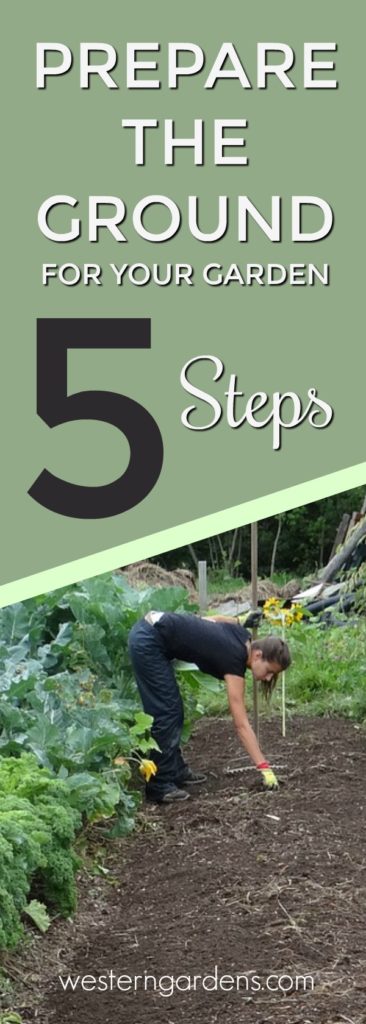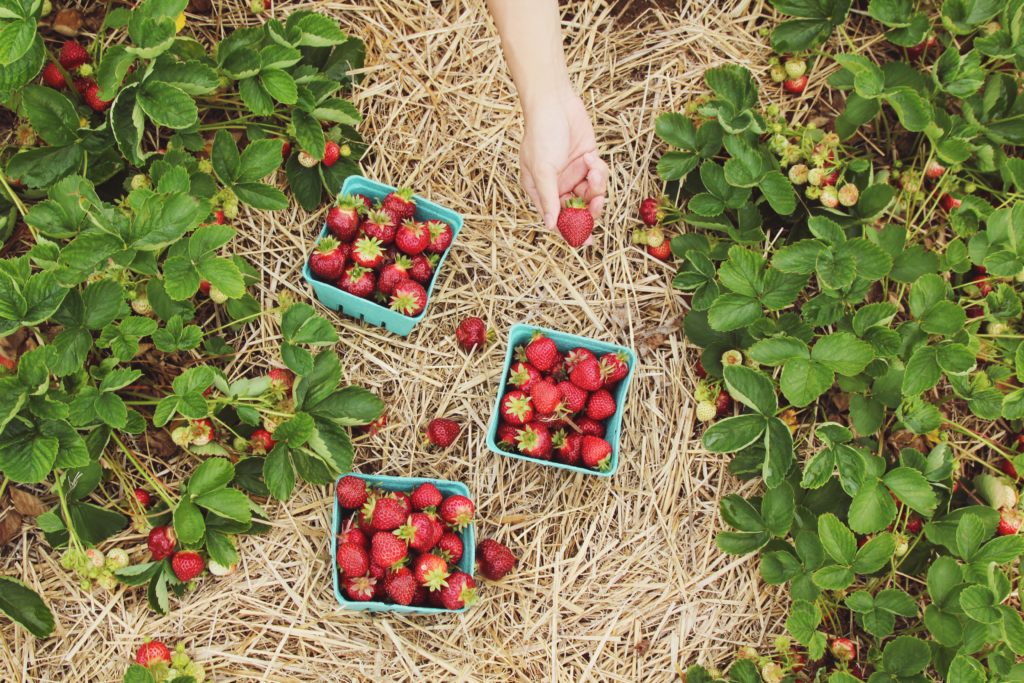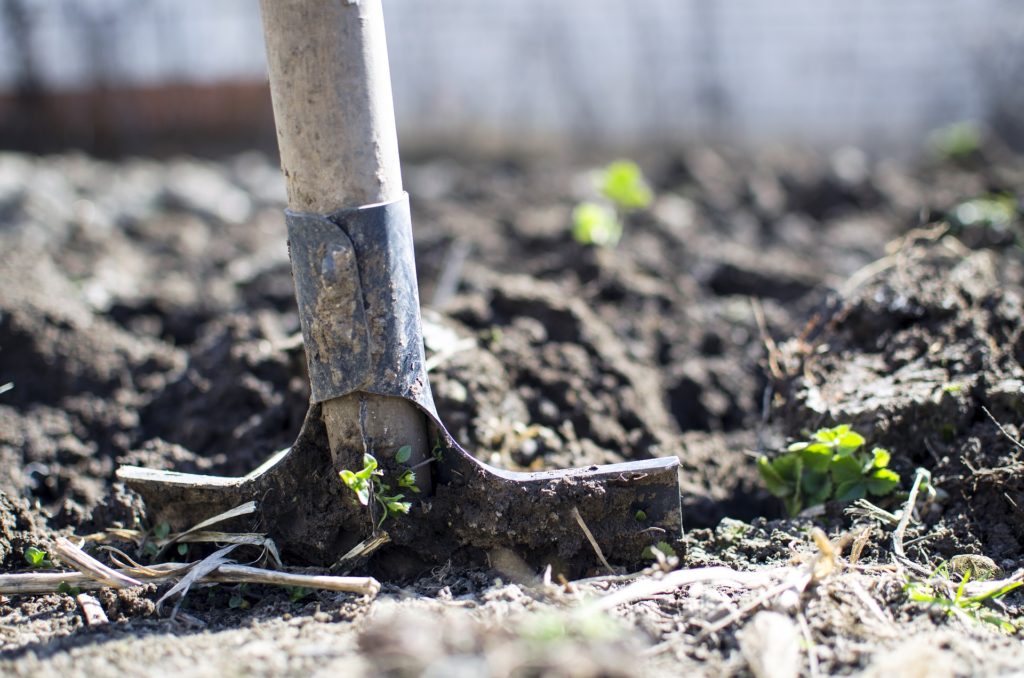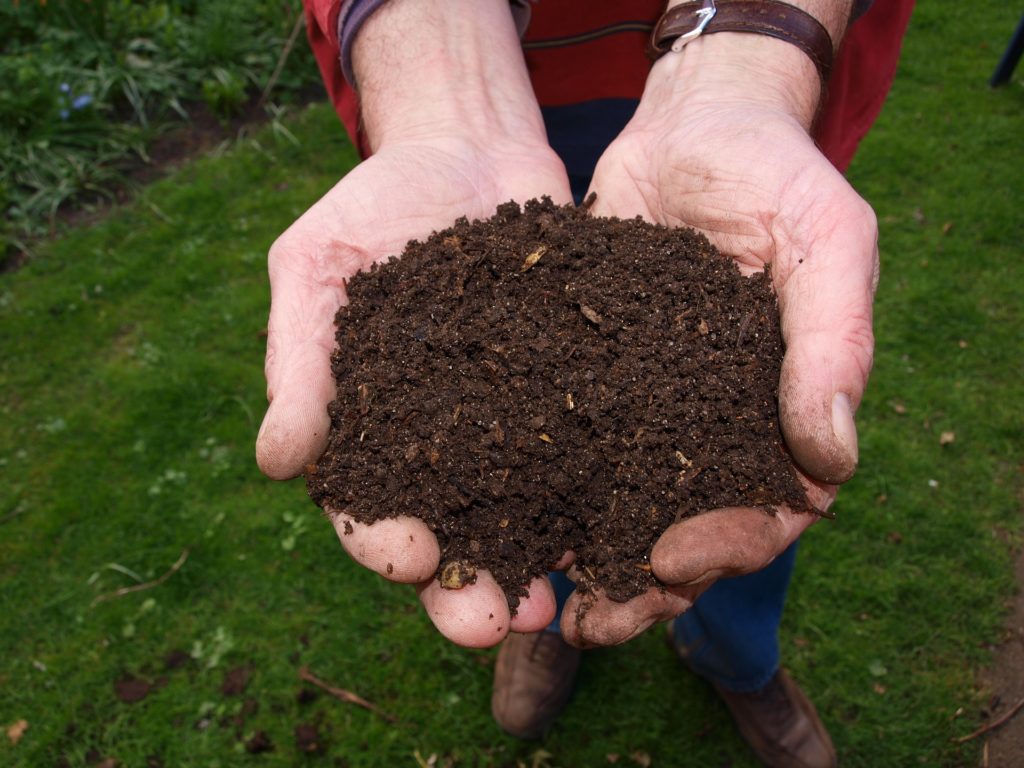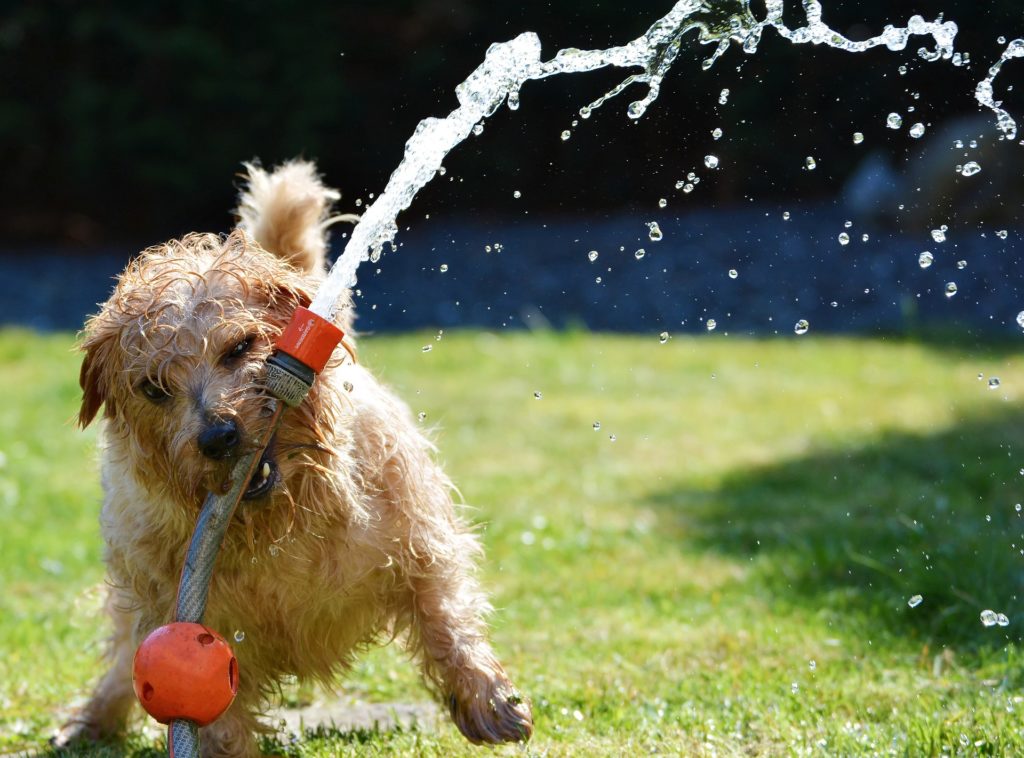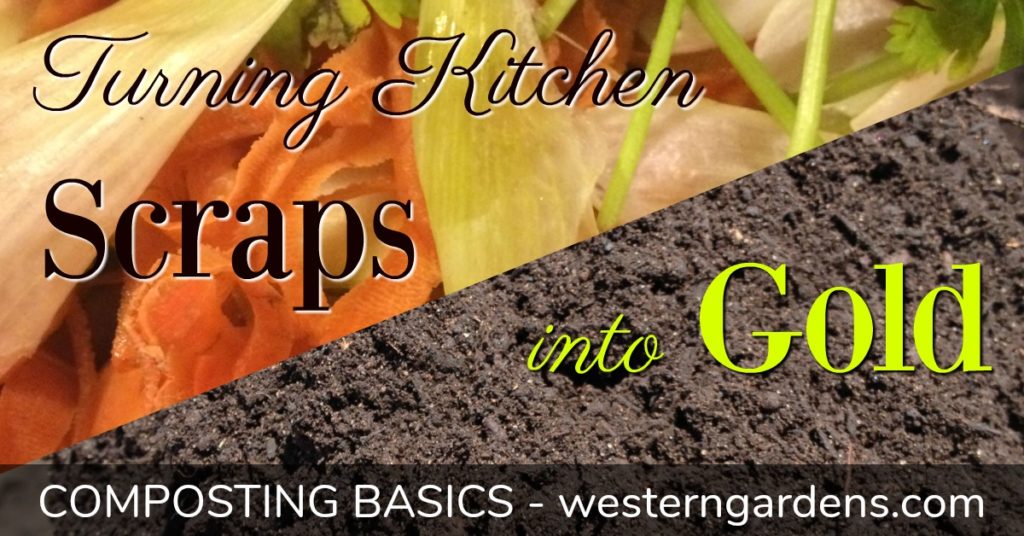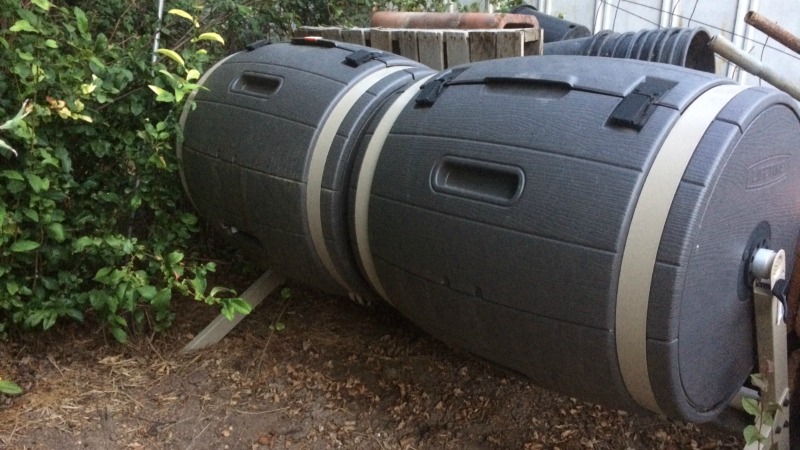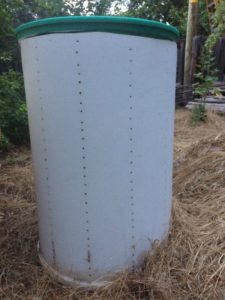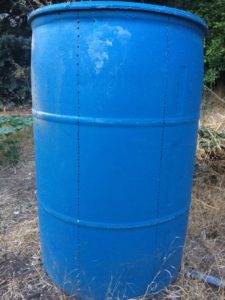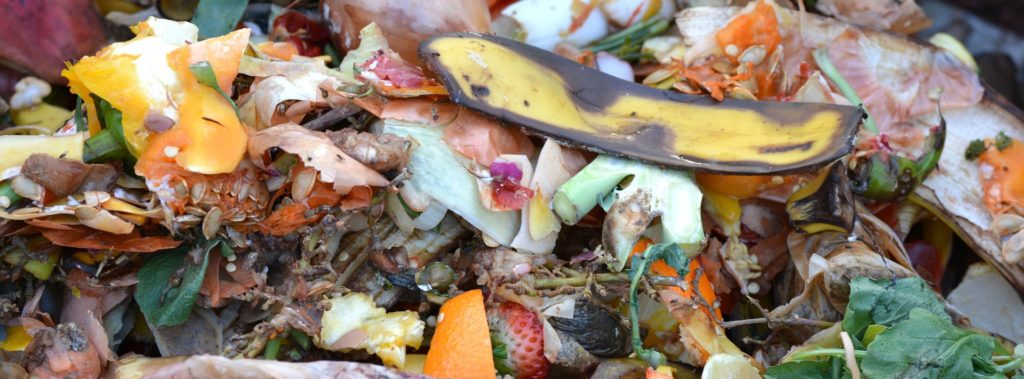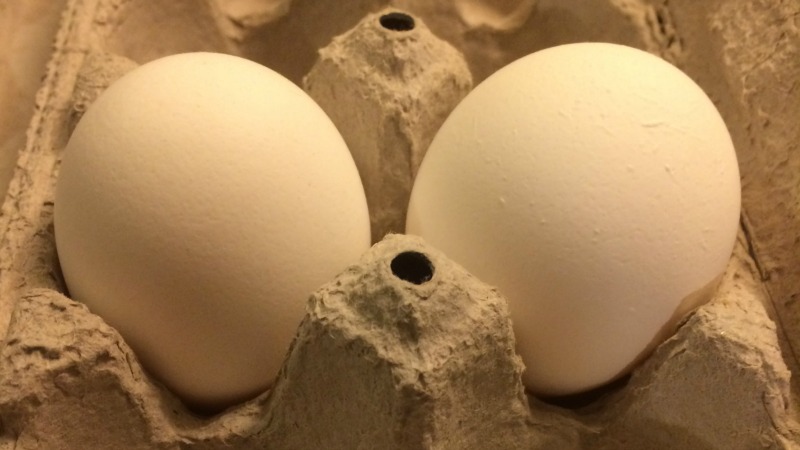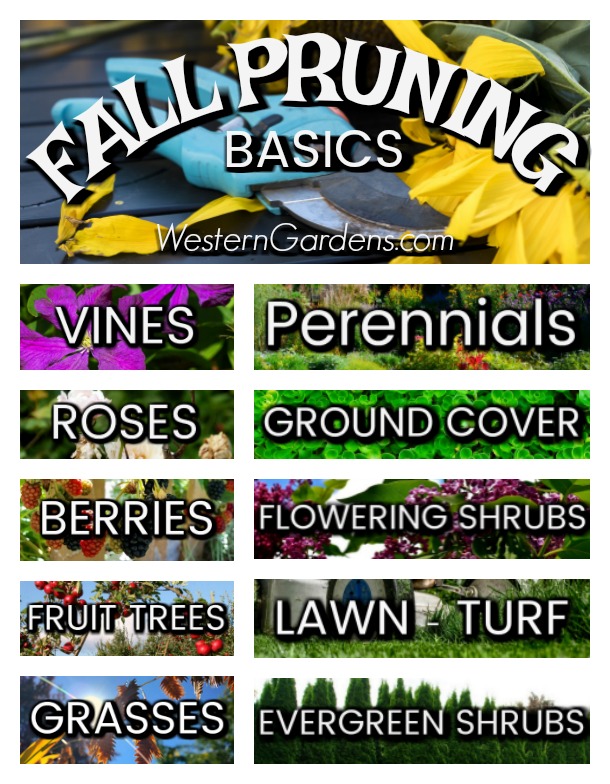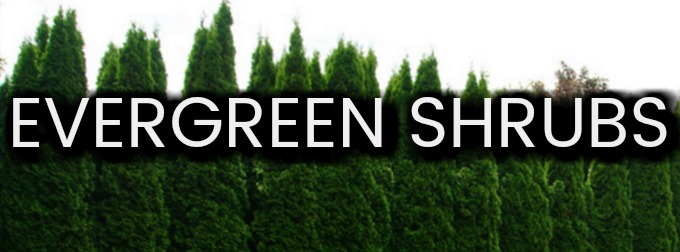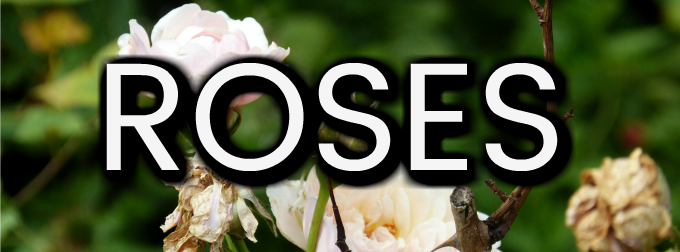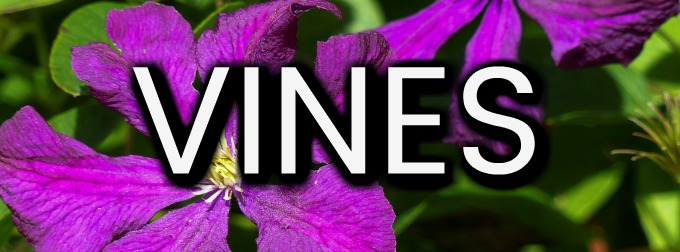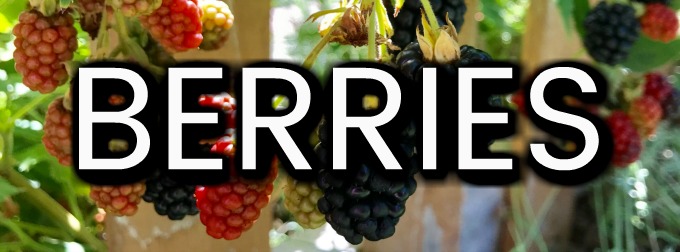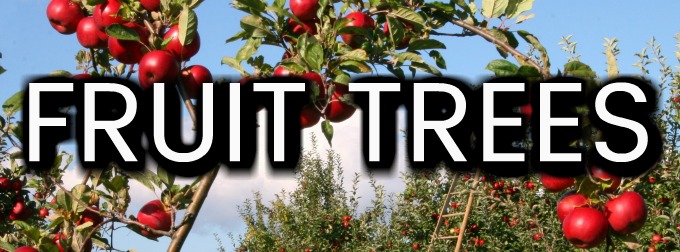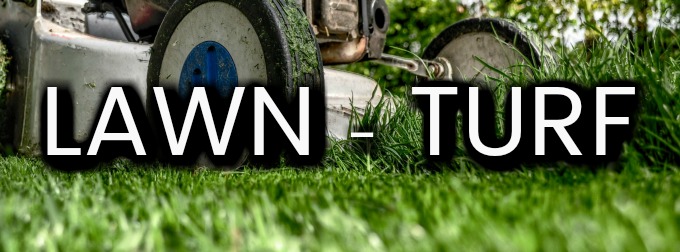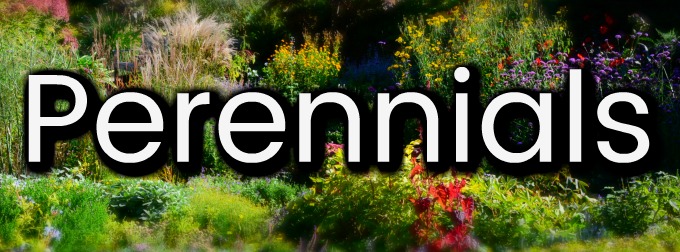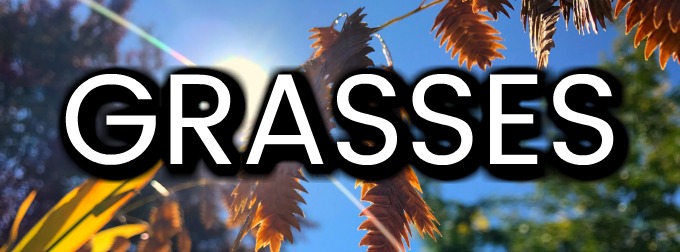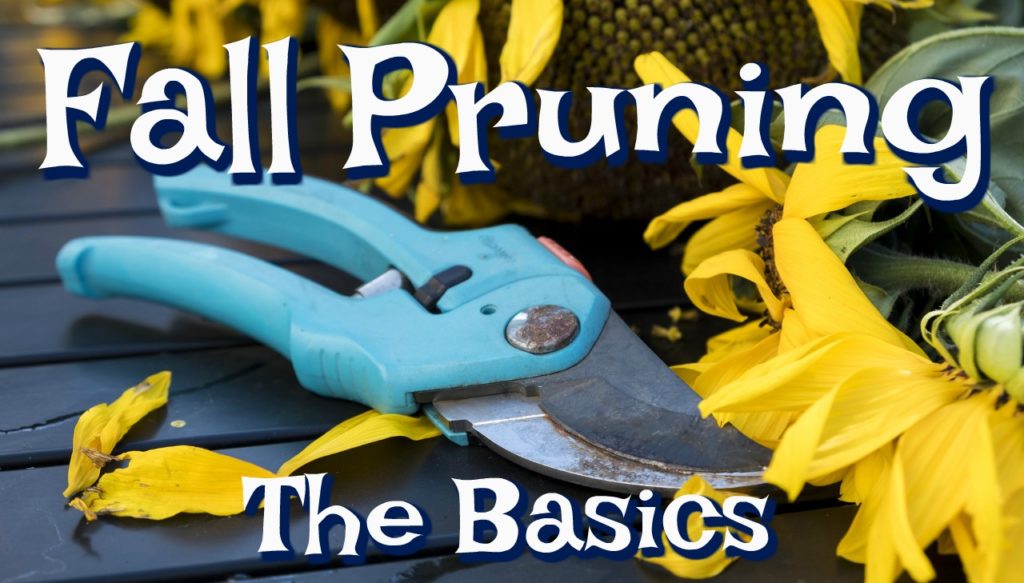Welcome Friends! Glad you dropped in to learn about saving water and money by Turf Training.
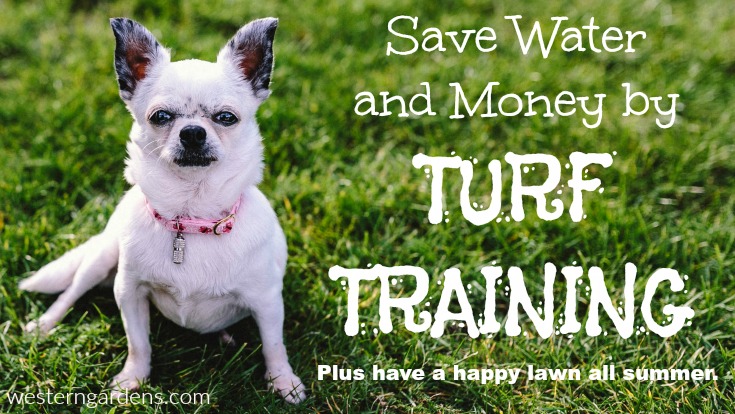
You cannot teach a lawn to fetch the paper or to roll over. Even though some say that it can play dead, in the winter! But you can train it to grow deep roots now so that you and it will be happy in the heat of the summer later.
Now that your lawn is now coming out of the dreary winter, time to train it. You can train it to grow deep roots, so that you can cut your water bill during the summer and your lawn can be happy during those hottest Utah summer weeks. The process is more painful for the owner than the lawn itself, but by July, it is possible to be watering your lawn once every two weeks or less, depending on your soil type. I know it works; I’ve lived it. This plan is for established lawns; new turf requires different care to get established. Follow these steps and you too can have a well trained happy green lawn and a lower water bill.
- April – This month, do not water your lawn! Mother Nature is taking care of that for you. DEEP INFREQUENT watering creates deep roots and thriving healthier plants.
- April or May – Aerate your lawn. Perfect time is just before one of our spring rains.
- Apply the proper spring fertilizer. Follow the directions explicitly. Again, the ideal time is just before a good rain to wash it into the turf.
- If you haven’t already, apply pre-emergent.
- Early May – Keep your finger OFF the automatic sprinkler system. Do NOT water your lawn. I know it is painful because the sun is shining and spring is here, but don’t do it. Your lawn is stretching its roots deep. Let them dive! “Let it go!”
- Late May and June, repeat #5 unless one of the following occurs…
- a. Mother Nature hasn’t watered for 3 weeks.
- b. When you walk across your lawn, your footsteps don’t bounce back up. Time to water.
- c. When you look across your lawn, you notice a dull bluish green tone in spots. Time to water.
- If 6a, b, or c, happen, then it’s time to DEEP water – Put a good inch of water or so on your lawn. Placing a tuna can on your grass will let you know when you’ve watered sufficiently.
- Repeat steps #6 and #7
- In August, you will notice that you may possibly need to water a little more often, but WATCH THE LAWN! Follow 6a, b, and c. It will tell you!
IMPORTANT NOTE – This training is not meant for the following: flower beds, newly seeded lawns, newly placed sod, trees or shrubs. Learn from our experts those proper watering techniques.
A TRUE STORY TESTIMONIAL – This personally happened to me. Read and see.
Texas SmartScape has a wonderful diagram that illustrates exactly what your lawn roots are doing according to how you water.
Also, watch this 1:38 minute video on wise watering tips to save you money and make your beautiful lawn happy and water-wise.
